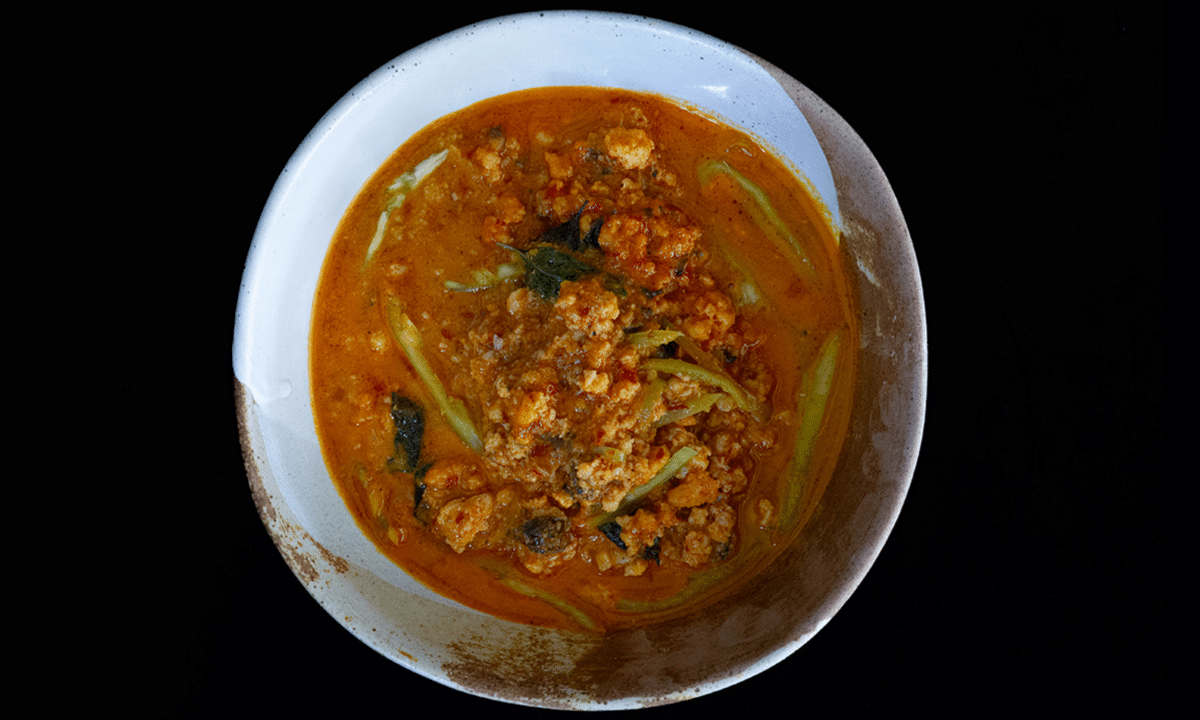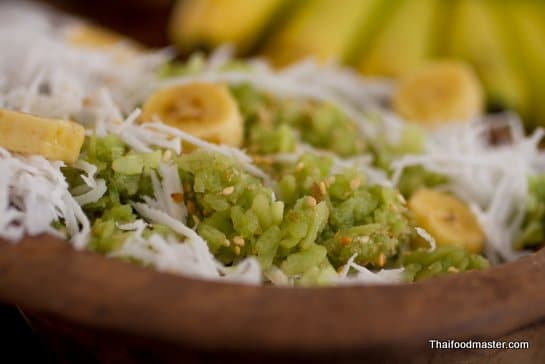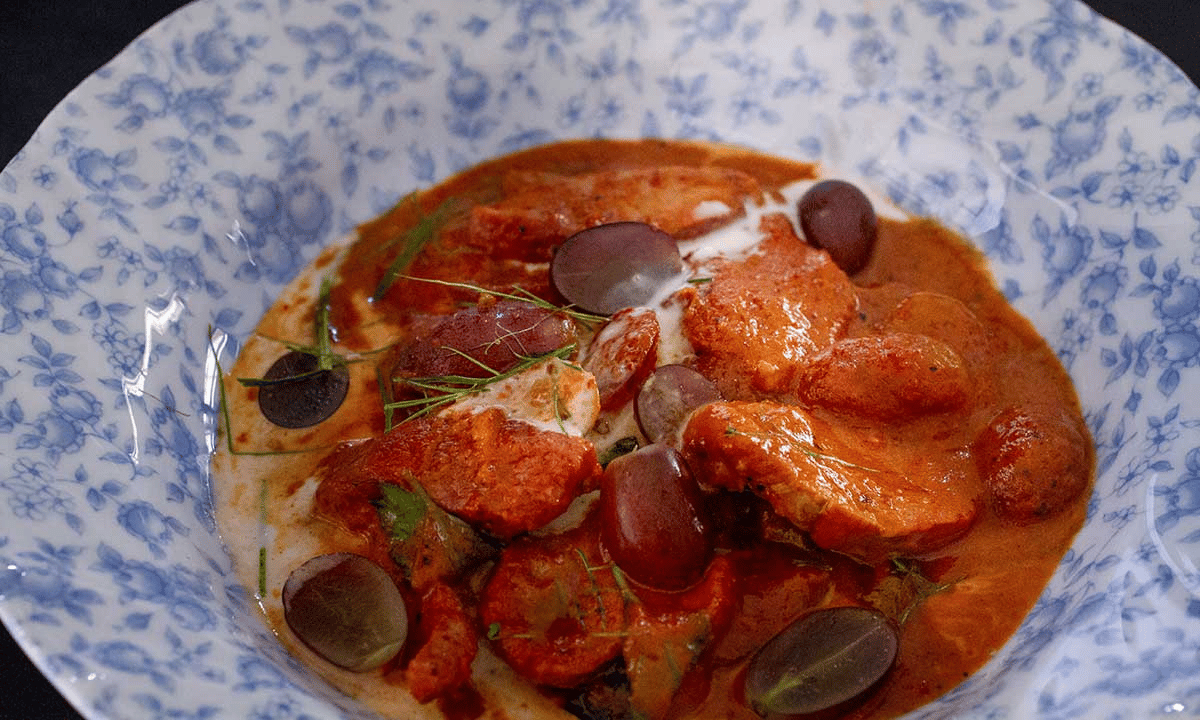
In Thai communities, the staple diet has been shaped over centuries by agricultural practices, notably rice cultivation. This diet primarily consisted of steamed rice, accompanied by dishes made from field crops and garden vegetables, as well as small catch such as birds, rats and lizards, and aquatic fauna such as shrimp, crab and fish. These ingredients were readily available in the rice fields and natural habitats surrounding the villages.
Often, the small catch comprised tiny or bony animals not suitable for grilling or frying, like birds. To make the most of this catch, the animals, after cleaning, were minced: flesh, bones and all. This approach not only maximized the use of available resources but also supplemented the diet with essential micronutrients like calcium, phosphorus and vitamins. In terms of flavor, this practice of mincing whole small animals introduced essential fats and compounds that imbued the dish with a wild, somewhat gamey flavor.
In this article, we will explore the origins and evolution of this, resources-friendly, minced meat style of curry making in Thailand. We’ll learn about historic recipes using dove, fish and other small catch, tracing this technique from the early 20th century to contemporary interpretations. Along the way, we’ll compare ingredients and methods, discovering how economic necessity and agricultural lifestyle shaped the country’s unique culinary identity. Join us as we peek into Thailand’s ingenious cuisine through the lens of these rustic, flavorsome curries.



















